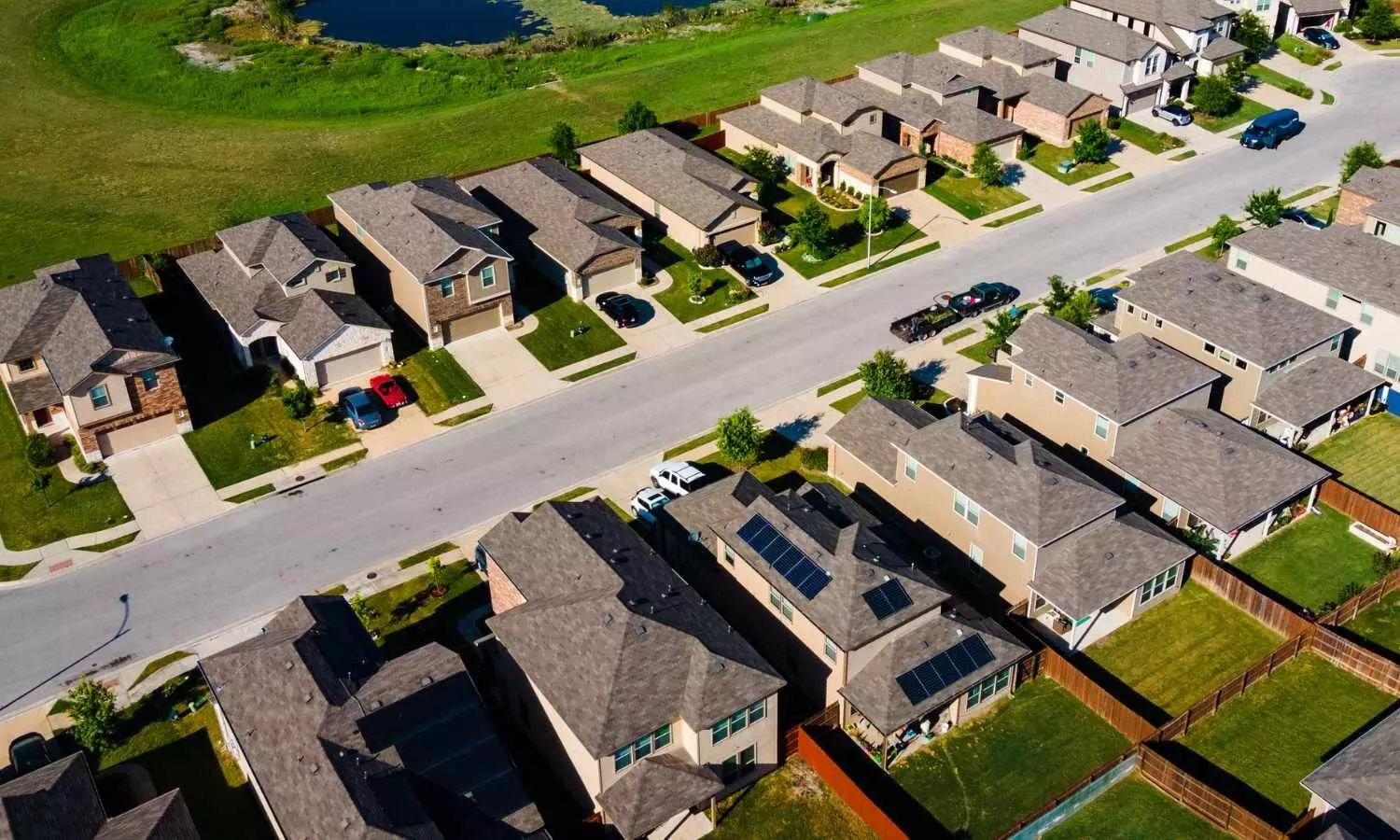Green practices integration in Indian real estate - looking over a decade’s growth
Explore a decade of green practices integration in Indian real estate, highlighting sustainable building trends, policy shifts, and the growing demand for eco-friendly developments.
Green practices integration in Indian real estate - looking over a decade’s growth

Mumbai, Jul 13
In recent years, sustainable practices have become noticeable in the way Indian real estate projects are developed, designed and implemented. It started with a few visionary programmers, but now everyone is on board, thanks partly to liking from customers and rising costs and concerns about the environment.
The transition has been slow but significant. Previously, it was all about optimizing carpet area and fast-tracking work. Today, we are supposed to reconcile space efficiency with energy performance, natural light, and thermal comfort. This has transformed the way we plan layouts, select materials, and even construct buildings. Houses are no longer constructed to be sold—what is happening is that houses are now being planned to get better with time, economically and ecologically.
Talking to Bizz Buzz, Amit Jain, CMD, Arkade Developers says, “Purchasers are making better-informed decisions. It is routine for families to inquire if a project has rainwater harvesting, solar panels, trash disposal systems, or EV charging stations. They were not discussed a decade ago.”
Now, they make the difference in decision-making, particularly in mid to upper-income categories. This change in attitude has pushed the sector into adopting. Those developers who wish to remain competitive are now considering green features as integral parts of their proposition, rather than add-ons, he said.
This evolution has also impacted construction practices. Many developers, including us, have adopted systems like aluminum formwork, low-carbon cement, and modular components to reduce waste and speed up timelines. Vendors have also evolved. A decade back, there were limited suppliers offering environmentally responsible materials. Now, the supply chain is wider and more efficient, making it easier to plan sustainable construction without slowing down execution, he added.
One of the most significant changes is realizing that green development is not solely for compliance. It is for future-proofing. With shifting weather patterns, water scarcity, and rising energy costs, buildings that are inefficient in terms of resources will become a liability. This has forced developers to invest upfront in green planning—not only for regulatory clearances, but to get long-term value for the buyer and the builder too.
All the same, there are difficulties. Sustainable design tends to cost more in the beginning, and not everyone is willing to shell out for long-term dividends now. In affordable housing particularly, it is hard to reconcile cost with sustainable design. Nonetheless, the trend is clear. With time, improved awareness, greater policy support, and economies of scale will make green construction feasible at all price points.
The real estate sector has taken tangible strides over the past decade, but there is yet much to achieve. Sustainability has evolved from being an esoteric idea to a given. We, as developers, owe it to ourselves and posterity to create for the future, and not merely for the current moment. Green architecture is not a fad—it is the basis upon which sustainable and future-proof real estate in India will be created.
Rohan Khatau, Director, CCI Projects says, “Confidence in India’s constant development, sustainable real estate should also be about scaling up. The main challenge for leaders is to develop environments that are affordable, luxurious or for working spaces, following nature while staying economical and effective.”
Using technology wisely is assisting in closing the gap between planning and doing. Modern facilities make use of IoT HVAC along with AI, resulting in important energy gains. In homes, the smart home market in India is forecasted to reach $9.2 billion by 2028, advancing at a good clip of more than 9% yearly.
That’s not only a new trend; it will shape future livability. An important factor in optimism is how India is moving towards renewable energy. Solar power capacity now stands at 107.94 GW and is heading toward 500 GW by 2030, so the energy and real estate policies are now both well-aligned. When a project follows net-zero goals, it shows how urban planning is changing in India. Instead of being unusual such projects are setting the new expectation. Being sustainable is becoming an important factor in how investments are made. Real estate investments by institutions increased by 37% during Q1 2023 and green building properties were highly favoured.
Green is important for the environment, but it is also excellent for companies. For those designing the future of India’s cities, it is clear that sustainability is the base on which the buildings are made. Every project we develop or a township we plan upholds the same focus of adding resilience, responsibility and regeneration.
EoM.

